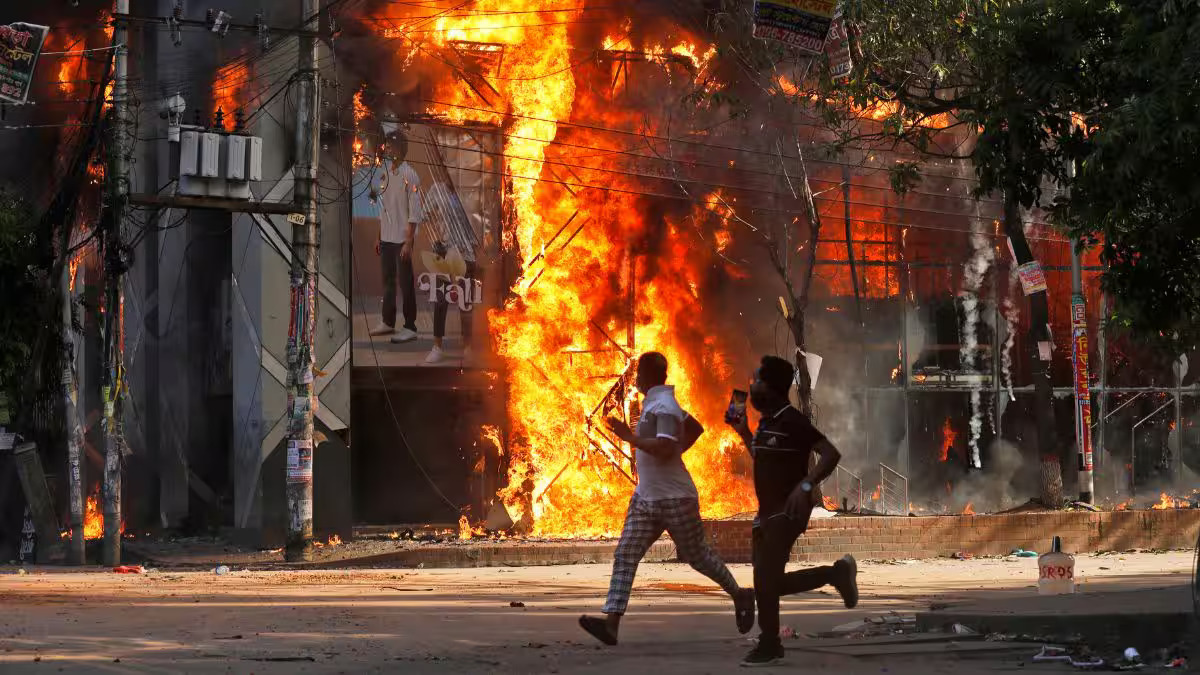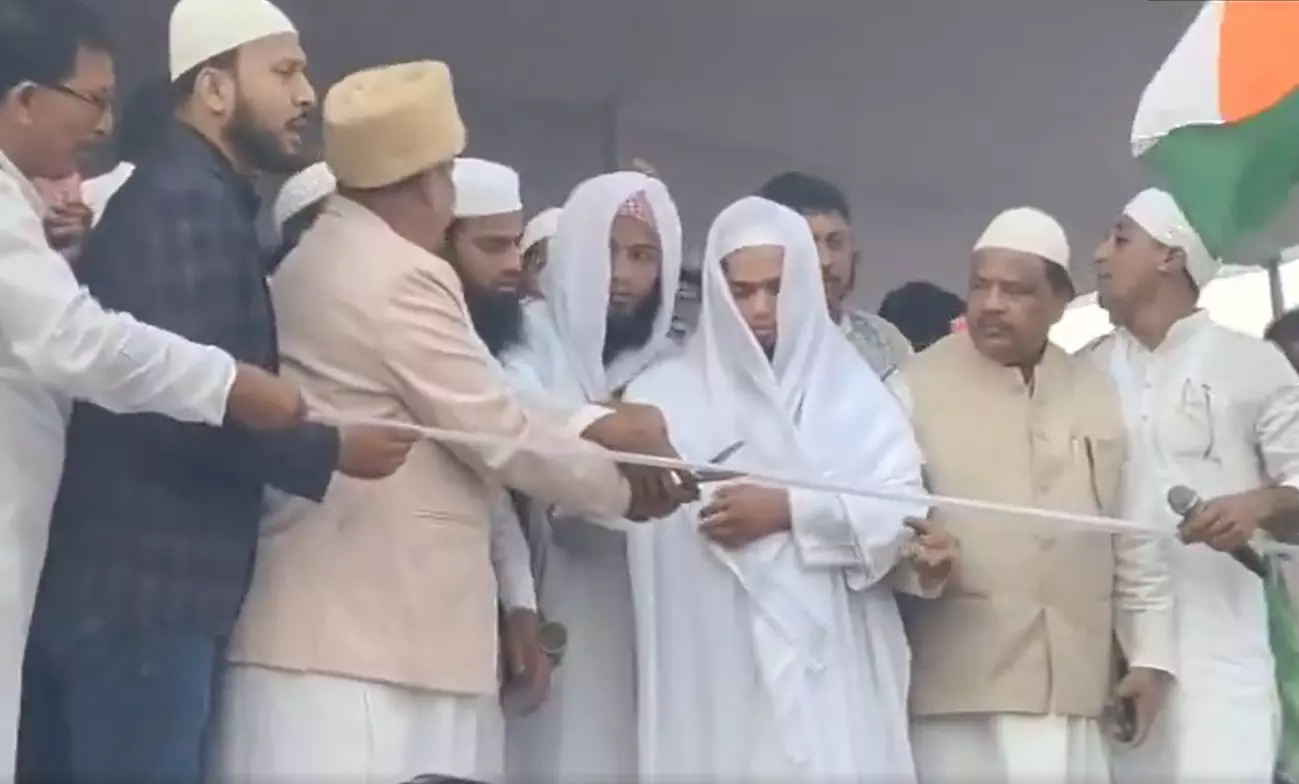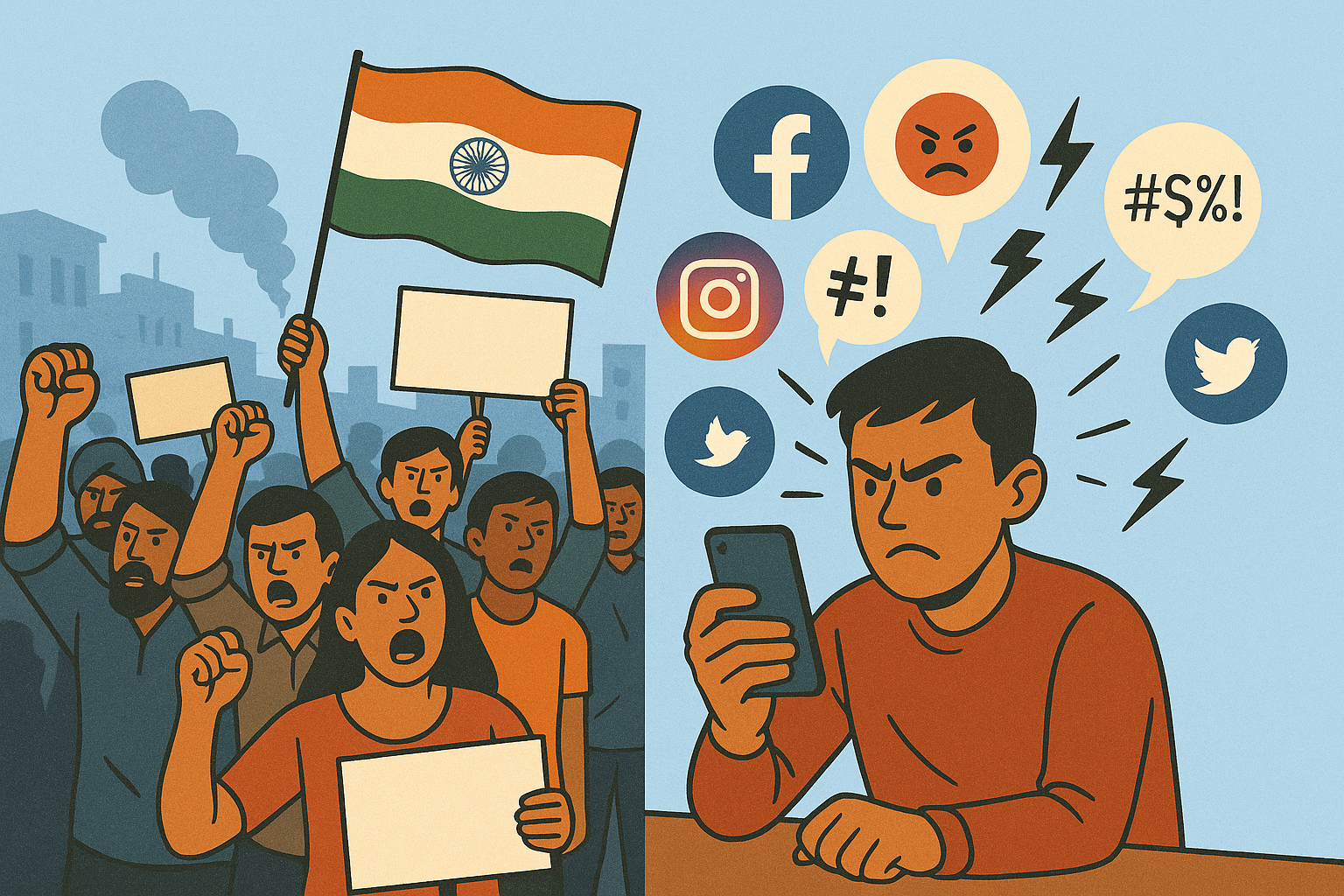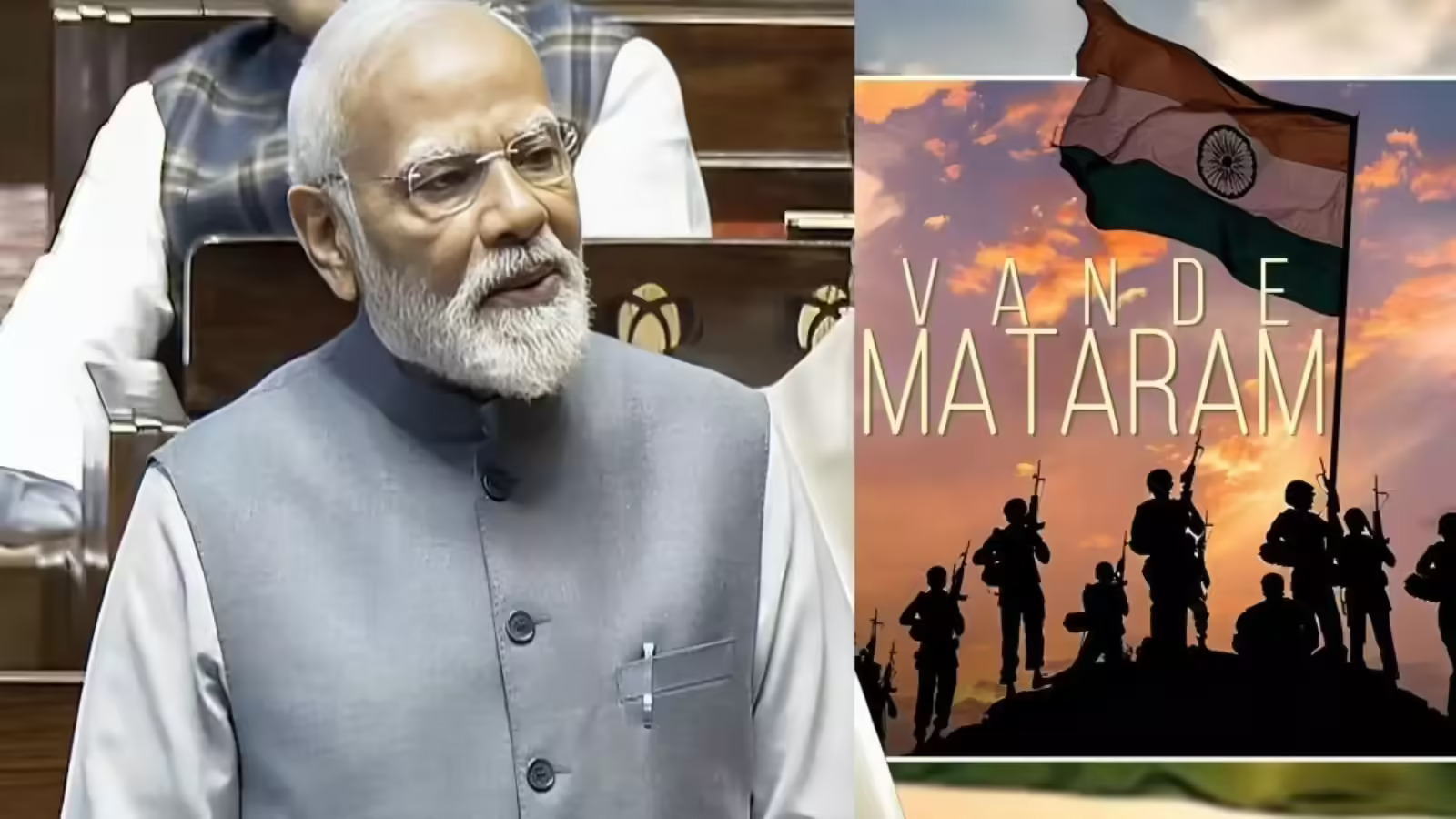Editorial
Violence in Bangladesh: India Needs to Stay Cautious and Watchful
Takhsis Pathan | Dec. 20, 2025

B. Laxminarayana | Dec. 20, 2025
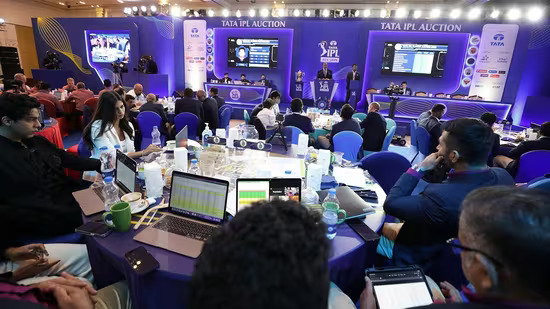
Editorial @ EW•NN | Dec. 20, 2025
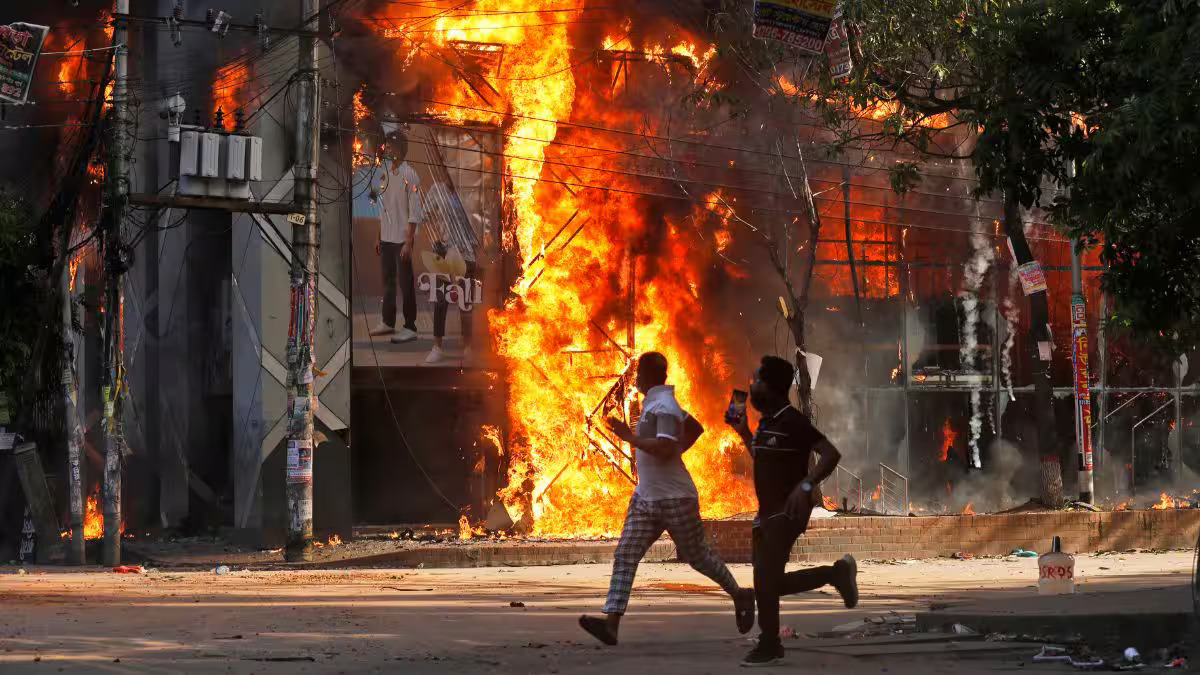
Ravindra Ojha | Dec. 20, 2025
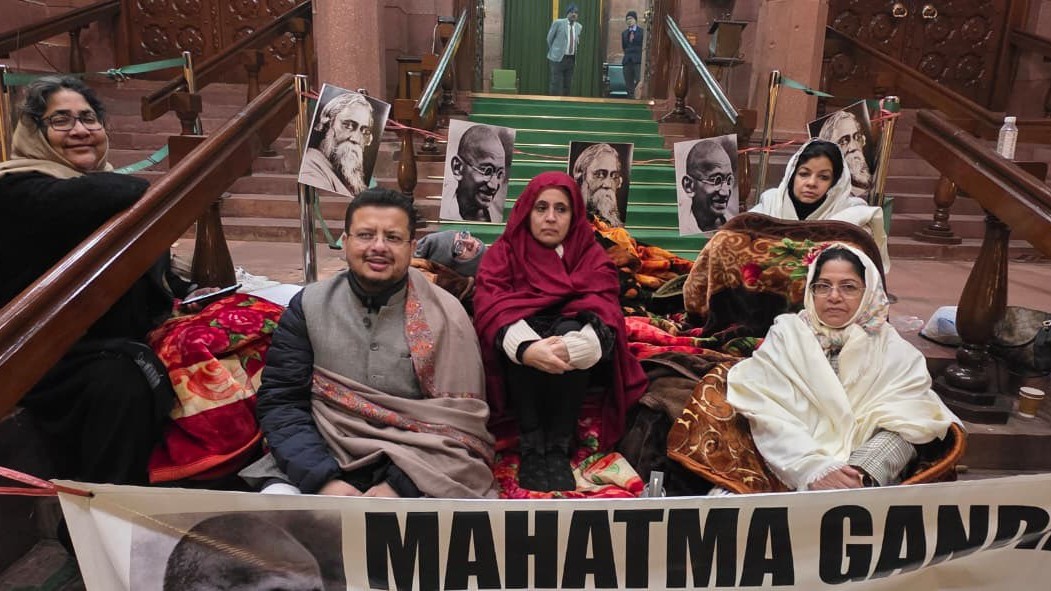
Rakesh Raman | Dec. 20, 2025
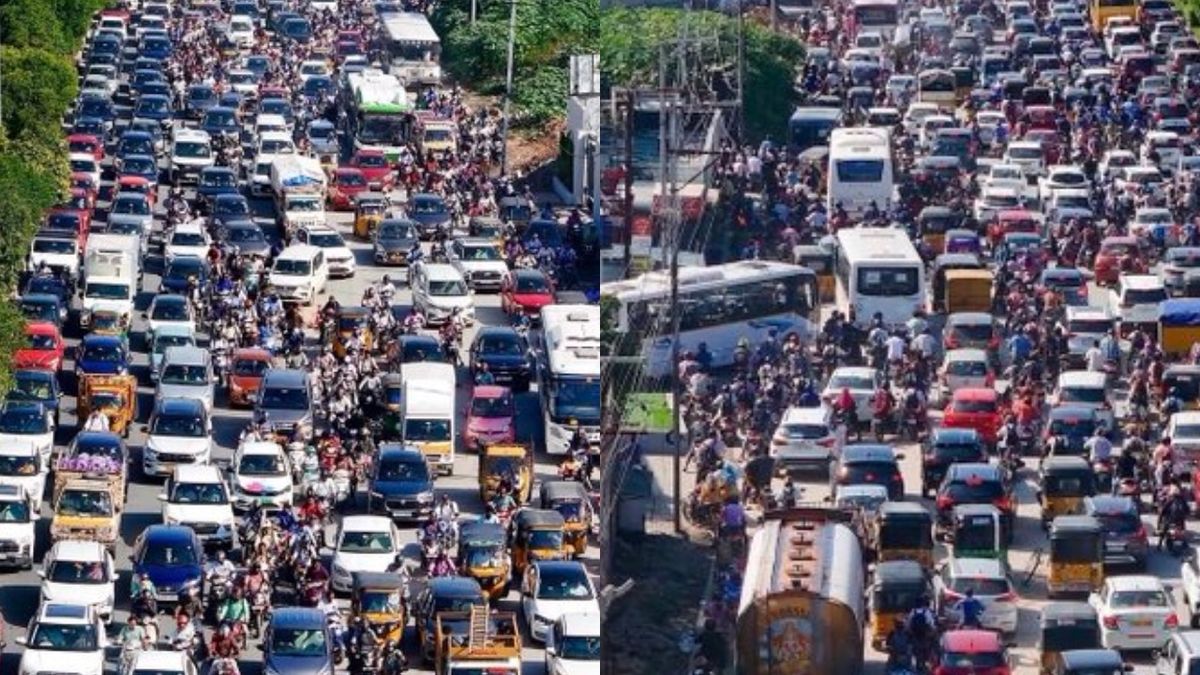
B. Laxminarayana | 4 days, 1 hour ago

Editorial @ EW•NN | 4 days, 5 hours ago

Ravindra Ojha | 4 days, 5 hours ago

Rakesh Raman | 4 days, 5 hours ago


Violence in Bangladesh: India Needs to Stay Cautious and Watchful

The Missing Link in India’s Growth Story
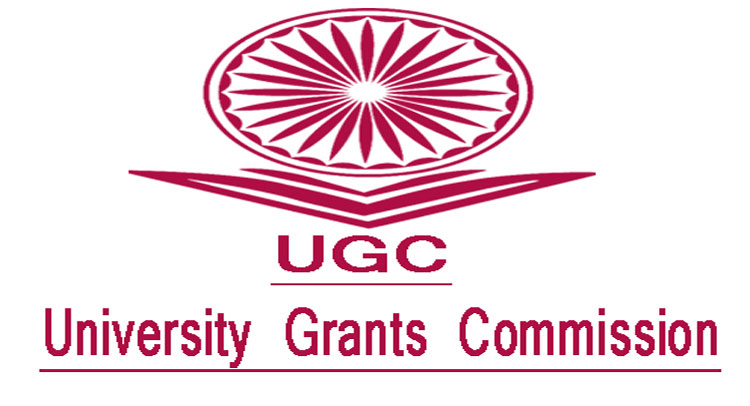
When Education Loses Its Soul: A Nation Forgets What It Once Knew
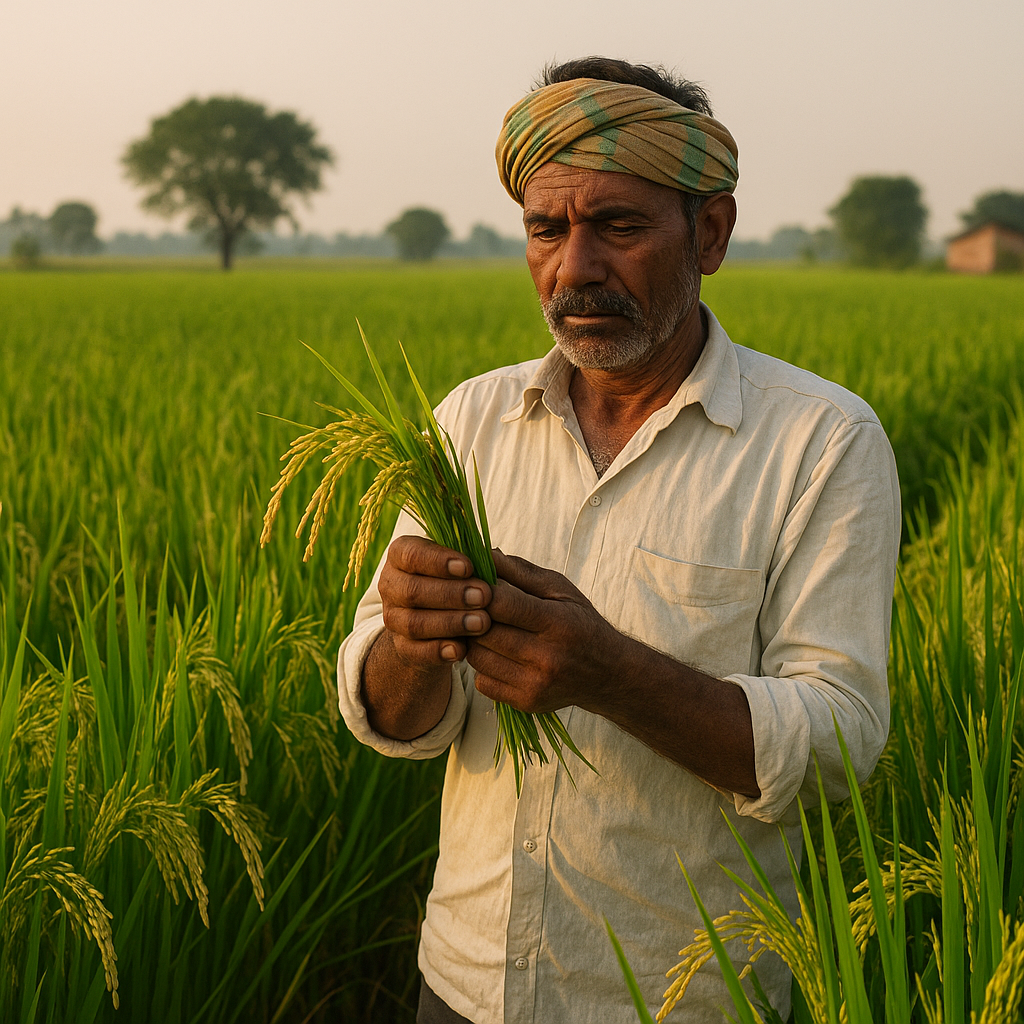
From Mitti to Market: India’s Small Farmers Still Don’t Get a Fair Price
